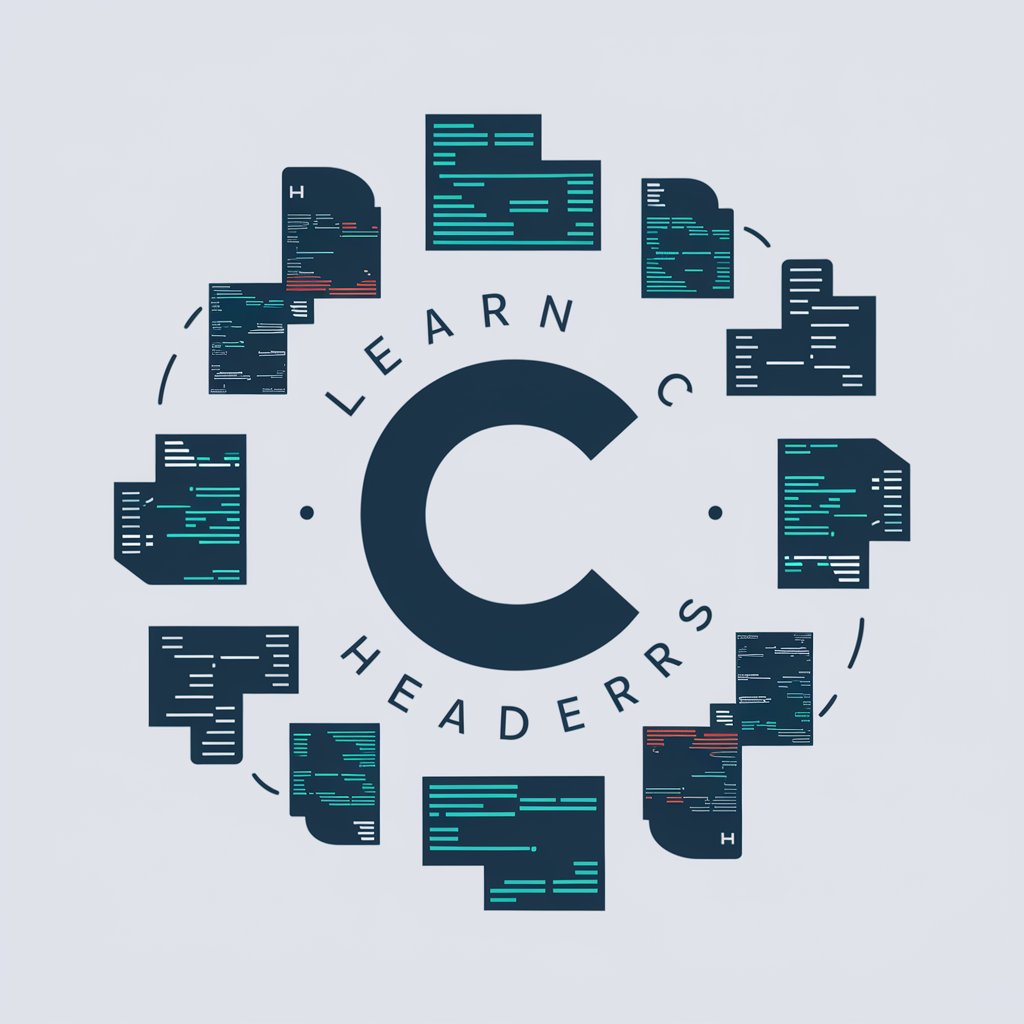Go: Efficient Coding Strategies - Go Code Optimization

Welcome! Let's optimize your Go code for peak performance.
Elevate your Go with AI-powered efficiency.
Explain the benefits of using Go for high-performance computing projects...
What are some best practices for optimizing memory usage in Go applications?
How can Go's concurrency model help reduce garbage collector pressure?
Describe effective strategies for profiling and refactoring Go code...
Get Embed Code
Introduction to Go: Efficient Coding Strategies
Go: Efficient Coding Strategies is a specialized tool focused on optimizing Go code for memory management and performance. It is designed to assist developers in writing efficient Go code with a strong emphasis on reducing garbage collection (GC) overhead. This involves understanding Go's memory management model, identifying common pitfalls in memory allocation, and applying best practices to minimize memory waste and GC pressure. Examples of this tool's capabilities include analyzing code to suggest more efficient memory allocation patterns, demonstrating the use of pointers to reduce copying of large structures, and guiding developers in choosing the right data structures to enhance performance. Powered by ChatGPT-4o。

Main Functions of Go: Efficient Coding Strategies
Memory Allocation Optimization
Example
Analyzing a function that frequently allocates large slices and suggesting the use of sync.Pool to reuse memory, thereby reducing GC cycles.
Scenario
In a high-traffic web server, where frequent allocations can lead to increased GC, causing latency spikes.
Pointer Usage and Data Structure Selection
Example
Recommending the use of pointers to large structs instead of values to avoid unnecessary copying.
Scenario
In a real-time data processing application, where reducing data copy operations can significantly enhance throughput.
Concurrency Pattern Guidance
Example
Advising on the implementation of efficient concurrency patterns using goroutines and channels, ensuring minimal lock contention and efficient CPU usage.
Scenario
In a concurrent file processing system where multiple files are processed in parallel, optimizing CPU and memory usage.
Ideal Users of Go: Efficient Coding Strategies
Go Developers
Developers who regularly write Go code and are looking to optimize their applications for better performance and memory usage. They benefit from understanding efficient memory management techniques and coding practices.
System Architects
Architects designing systems and solutions in Go, who need to ensure that the underlying code is efficient, scalable, and maintainable. They can apply these strategies to design systems with optimized resource usage.
Performance Engineers
Engineers focused on profiling and improving the performance of Go applications. They benefit from in-depth knowledge of Go's memory model and strategies to reduce GC overhead, thus enhancing application speed and efficiency.

Getting Started with Go: Efficient Coding Strategies
Initiate Trial
Start by accessing yeschat.ai to explore Go: Efficient Coding Strategies through a complimentary trial, no signup or ChatGPT Plus required.
Understand Basics
Familiarize yourself with the basics of Go programming, including its syntax, data structures, and concurrency model, to maximize the utility of this tool.
Define Objectives
Clearly outline your coding objectives, whether it's optimizing existing Go code for performance, learning efficient memory management, or understanding concurrency patterns.
Apply Strategies
Leverage the provided coding strategies, examples, and best practices to refine your code, focusing on reducing garbage collection overhead and enhancing performance.
Iterate and Optimize
Use profiling tools to identify bottlenecks in your Go applications and iteratively apply the strategies learned to optimize code efficiency.
Try other advanced and practical GPTs
CultGPT
Shape Your Narrative, Command Your Cult

ChatMate AI
Empathetic AI for Personalized Conversations

Film Finder
Unveil the story behind any scene.

Business Law UK & USA
AI-powered legal expertise at your fingertips.

Code Guardian Master
Empowering encryption with AI

Remote Work Shield
Innovate securely with AI-powered creativity.

📚 Learn C Headers
Mastering C header files with AI

Roger The Viral Social Visionary
Empowering Viral Content with AI

Canvas Aid
Empowering Art with AI-Driven Tools

Professor Email Grammar
Enhance Your Writing with AI-Powered Grammar Checks

Play Story
Craft Your Adventure with AI

Lexideck Neon Megaplex RPG
Craft your adventure with AI.

FAQs on Go: Efficient Coding Strategies
What is Go: Efficient Coding Strategies?
Go: Efficient Coding Strategies is a specialized tool designed to help software engineers optimize Go code for better performance, focusing on memory management, garbage collection reduction, and idiomatic Go practices.
How can it help reduce garbage collection overhead?
The tool provides insights into memory allocation patterns and data structures that minimize heap allocations, thus reducing the frequency and duration of garbage collection pauses in Go applications.
Can it assist with concurrency patterns?
Yes, it offers guidance on implementing effective concurrency patterns in Go, utilizing goroutines and channels efficiently to enhance application scalability and throughput.
Is it suitable for beginners in Go?
While beneficial for all skill levels, beginners may need to first grasp Go's fundamentals to fully leverage the tool's advanced optimization strategies and best practices.
How does it support continuous learning?
By providing real-world examples, code reviews, and best practices, it encourages ongoing learning and application of idiomatic Go, ensuring developers stay updated with efficient coding methodologies.
